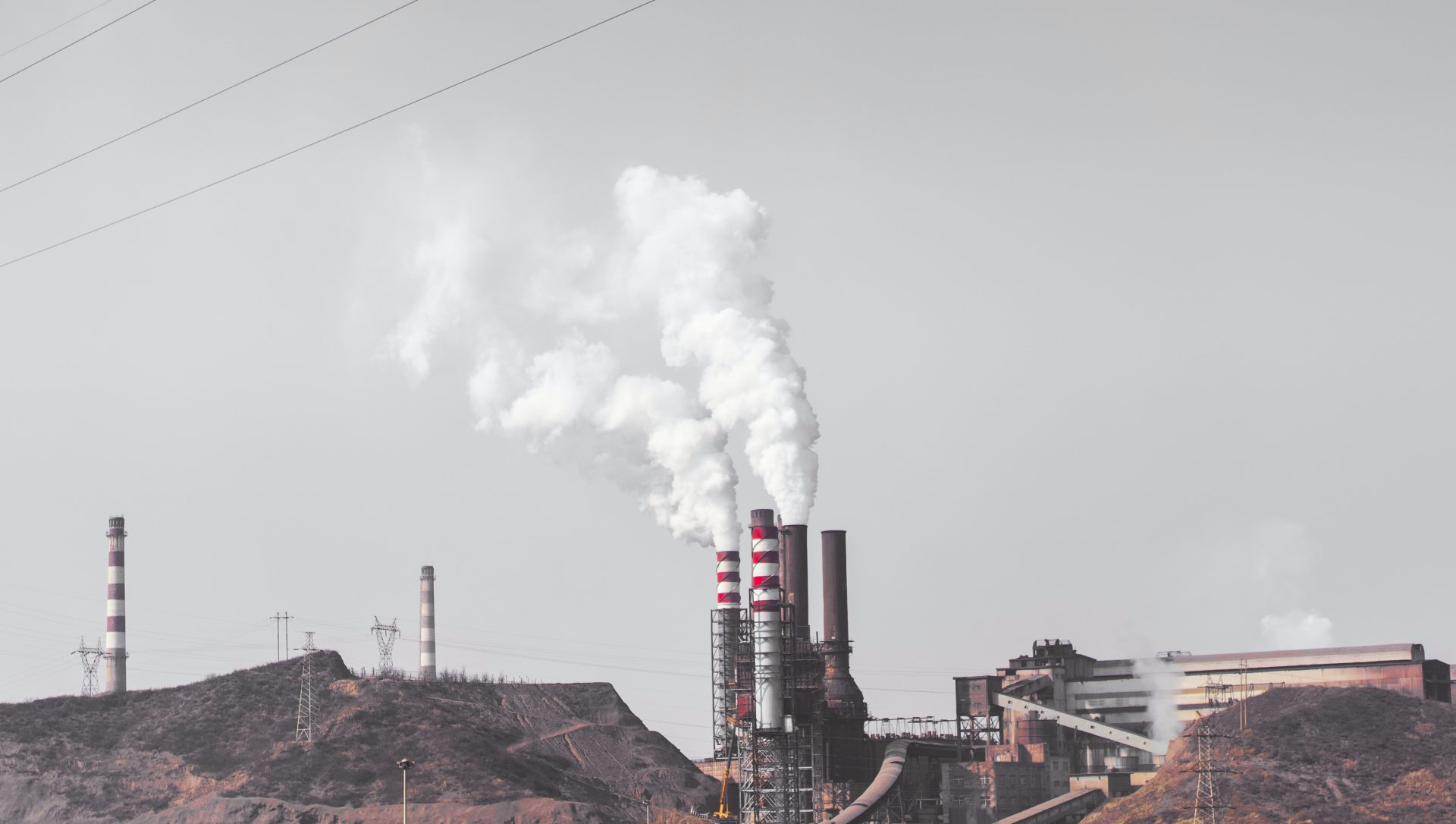Category: blog
How should hazardous waste be disposed of?
Here at Yellowstone Environmental Solutions, we are leading providers of end-to-end commercial hazardous waste management services. If you are wondering how to dispose of hazardous waste streams responsibly and efficiently, contact our team of specialists today.
Our tailored solutions extend from collection and transportation to processing waste at our licenced treatment and transfer facility. We work with an extensive range of hazardous and non-hazardous waste streams, generated by commercial and industrial sectors.
In this article, we will look at waste stream classification and the relevant hazardous waste disposal requirements.
What are the different types of waste and how should waste be managed?
There are multiple ways to classify waste, from describing its form – e.g. liquid, solid, gaseous – to its origins – municipal, clinical, industrial, agricultural/organic and so on.
However, for the purposes of keeping things simple here, we will split waste streams into hazardous and non-hazardous waste.
When it comes to the disposal of business commercial waste, the government website states that you must:
- keep waste to a minimum by doing everything you reasonably can to, reuse, recycle or recover waste
- sort and store waste safely and securely
- complete a waste transfer note for each load of waste that leaves your premises
- check if your waste carrier is registered to dispose of waste
- not allow the waste carrier to dispose of your waste illegally
For obvious reasons, hazardous waste – and hazardous waste disposal procedures – can be a complex matter, with stringent regulations associated with it.
What are the different types of hazardous waste?
When considering hazardous waste management, further sub-categories are used to identify the type of hazard that the substance or material represents, and it must be labelled and coded accordingly:
- Physical hazard – e.g. explosive or flammable
- Human health hazard – e.g. a toxic, corrosive, carcinogenic, mutagenic or irritant effect
- Environmental hazard – ecotoxic, e.g. harmful to the aquatic environment or ozone layer
In addition, persistent organic pollutants (POPs) are poisonous chemicals that degrade slowly and can enter the food chain. As a result, these substances have largely been banned, bar certain exceptions.
What is classed as hazardous waste?
Hazardous waste is – broadly speaking – any material or substance that is harmful to humans or the environment. Some examples of the hazardous waste streams we work with include:
- adhesives
- Aqueous Film Forming Foams (AFFF)
- aerosols
- bilge waste and cargo slops
- chemicals – acids, alkalis
- coal tar
- contaminated liquids and soils
- fuels – petrol, diesel and aviation fuel
- glycols (antifreeze)
- interceptor waste
- liquids and/or materials from industrial tank cleaning
- non-edible oils, such as car oil
- oil filters
- oily rags
- oily sludge
- paints and resins
- pesticides
- sewage
- slurries and effluents
- soluble oils – aka coolant or cutting oils
- solvents
As experts in processing a broad spectrum of waste streams, we can explain how to dispose of different types of waste in a legal and environmentally responsible manner.
Why is proper hazardous waste disposal important?
Hazardous waste is present in almost all commercial and industrial settings. In England, it is a legal requirement that hazardous waste produced or handled by your business causes no harm or damage through contamination.
As part of your duty of care, you are responsible for meeting a number of requirements for hazardous waste storage, as well as arranging disposal by a licensed provider.
Why should different types of waste be separated on site?
It is illegal to mix hazardous waste or POPs with either non-hazardous materials or another form of hazardous waste. This is because mixing substances can have an adverse effect on the ability to recycle or treat the waste. In addition, under certain circumstances, combining volatile substances may cause a reaction or the result can be misleading to those who are processing the waste.
The government website offers guidance on how to store hazardous waste.
It is also your company’s responsibility to classify your waste on transfer or consignment notes. This ensures safe and appropriate hazardous waste management.
How does Yellowstone provide hazardous waste disposal?
We offer a full waste management solution, from client site audit – analysis and classification – to providing transport to our modern treatment and transfer plant:
SITE AUDIT
Our knowledgeable, qualified team can make site visits to identify, segregate, list and label hazardous and non-hazardous waste streams.
TRANSPORTATION
With a dedicated fleet of ADR and non ADR tankers or curtain-sided vehicles for packaged waste, we offer safe collection and transportation of drummed wastes and IBCs.
LICENSED WASTE DISPOSAL & TRANSFER FACILITY
Our waste disposal facility in Dorset is also a licensed transfer station. We accept drums, IBCs and pallets in addition to tanker-loads of hazardous and non-hazardous waste.
ONGOING SUPPORT
As well as hazardous waste removal, we provide ongoing advice and guidance for storing waste in a safe and compliant way. And, if the worst happens, we also provide a 24-hour emergency response service for spills.
Trusted hazardous waste disposal service
Here at Yellowstone, we are proud to provide comprehensive, responsible waste management services to companies across the UK.
As specialists in our field, we are happy to share our knowledge of this complex sector. We offer non-hazardous and hazardous waste disposal services to clients in a range of industries including:
- Marine and shipping
- Manufacturing and engineering
- Oil and gas
- Facilities and waste management
- Garages and forecourts
- Aviation and aerospace
- Utilities and Infrastructure
- Construction and demolition
To discuss how we can help you, whatever your industry or waste stream concern, call our team today on 0330 118 0381.
